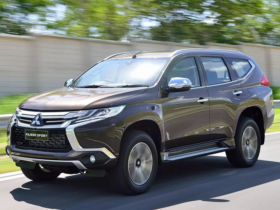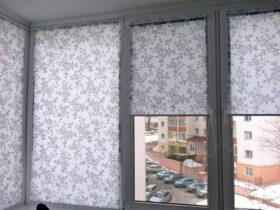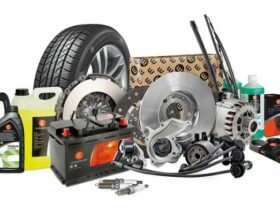— You know, — said one of my acquaintances, — I am not fussy and I have had enough of a car in the form of four wheels with a motor and a simple roof over my head. And all sorts of electric windows and seats with memory to me, an ordinary person, do not need anything. Give me an elementary car — a motorized amoeba, if you like, this will be a car for the people. The simplest, cheapest, most affordable.
And then I remembered 1980, when the common people refused to buy «Zaporozhtsy» and the price was sharply reduced for them: ZAZ-968M began to cost 4100 rubles, and ZAZ-968M-005 (with a weak 28-horsepower engine) and at all 3 and a half thousands. Then the average monthly salary in industry in the USSR was 184.5 rubles, that is, the cheapest «Zaporozhets» cost the average buyer only 19 monthly salaries. And they didn’t. Means, not cheapness makes the car «popular». The then «Zaporozhets» simply did not meet the needs of customers in terms of comfort, ease of winter start-up, noise, workmanship, durability, technical excellence.
No matter how simple and compact a car is, it will always be an expensive durable product. Saving materials, small dimensions, simplifying the design in this sense do not change much. But then the consumer has the right to declare that for that kind of money he needs such and such and such and such and such things in the car. And the weaker the economy of the country, the smaller its total national product, the more stringent the buyer’s requirements for a car “for this price”. Reducing the cost, and therefore the price, is possible only by expanding the scale of production, by automating it, which minimizes the amount of manual labor. Henry Ford was the first to realize this. And today in developed countries there is no question of the «people’s car» as the cheapest. The most mass-produced cars represent a favorable combination of price with size, level of comfort, economy, durability and other important characteristics. Even in our country, with a level of car saturation 10-12 times lower than in the United States or other well-“motorized” countries, the prevalence of a particular model is also not determined by the price..
From the beginning of the 80s to the present day, the largest share of the personal car fleet of the USSR, and then Russia, falls on the VAZ-2106. It is not the most economical, it is powerful and fast enough (for our conditions), it provides an acceptable level of comfort for most Russians, it is reliable and durable. Finally, and very importantly, it is provided with a service network. What about the price? In the same 1980, this model cost 48.5 of the average monthly salary! Therefore, Pushkin’s Balda was right when he urged the priest not to chase after cheapness..
The idea of producing a cheap mass car was submitted to Hitler in 1934 by the designer Ferdinand Porsche. The Fuhrer picked it up and put forward the populist slogan «The car is not the privilege of the rich, every German must have a car.» For the production of such cars, which were to be called KDF («Kraft durch Freude» — «Strength through joy»), the fascist union raised money from those who wanted to own cars. In return, they received the so-called «car obligations» — documents for the right to purchase cars. Their price was set very low — 990 marks. But the plant had not yet been built, and it was very far from mass production. 990 marks is half the price of the cheapest models of those years (Opel-Cadet, the prototype of our Moskvich-400, or DKV-F8). An example of a voluntaristic, purely propagandistic price setting. The giant plant in Wolfsburg with a capacity of half a million cars a year was laid down on May 26, 1938. The KDF was expected to start production in September 1939. Until this moment, only an experimental batch of several dozen machines had been produced. But already in 1937 a jeep based on the «people’s car» was tested, and in 1940 the plant began production of this army KDF-82, and then the floating KDF-166. The first were made before 1945, 70 thousand, the second — 14 thousand. And of course, no one received a car under the «auto-obligations». By the way, if you need a good catalog of auto parts for free, I advise you to take a look at the above link..











